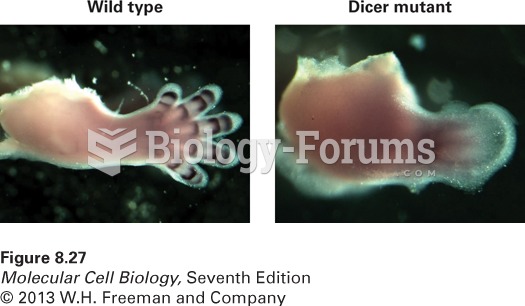Answer to Question 1
Children begin to use simple strategies fairly early. For example, 7 or 8 year olds use rehearsal, a strategy of repetitively naming information that is to be remembered. As children grow older, they learn other memory strategies. One memory strategy is organization which is structuring information to be remembered so that related information is placed together. Another memory strategy is elaboration which is embellishing information to be remembered to make it more memorable. Children's growing understanding of memory is paralleled by their increased understanding of all cognitive processes. This knowledge and awareness of cognitive processes is metacognition. Metacognition makes it possible for self-regulation to develop. Self-regulation is skill at identifying goals, selecting effective strategies, and monitoring accurately. It is a characteristic of successful students.
Answer to Question 2
If you tell both children, If you hit a glass with a feather, the glass will break.. The concrete operational thinker will respond with the glass will break while the formal operational thinker will use their knowledge of the world and respond with the glass will not break.. If you give each child several crayons and tell them that one combination of colors will produce a purple color, the concrete operational thinker will begin mixing all of the colors in a haphazard way while the formal operational thinker will begin by trying out different color pair combinations and evaluating each one. If you give both children several puzzle pieces from two different puzzles and tell them that some of the puzzle pieces will go together to create puzzle, the concrete operational thinker will begin haphazardly grabbing pieces and attempting to fit them together with no particular order while the formal operational thinker will begin by trying to identify similar pieces and fitting those together, evaluating the process along the way.







